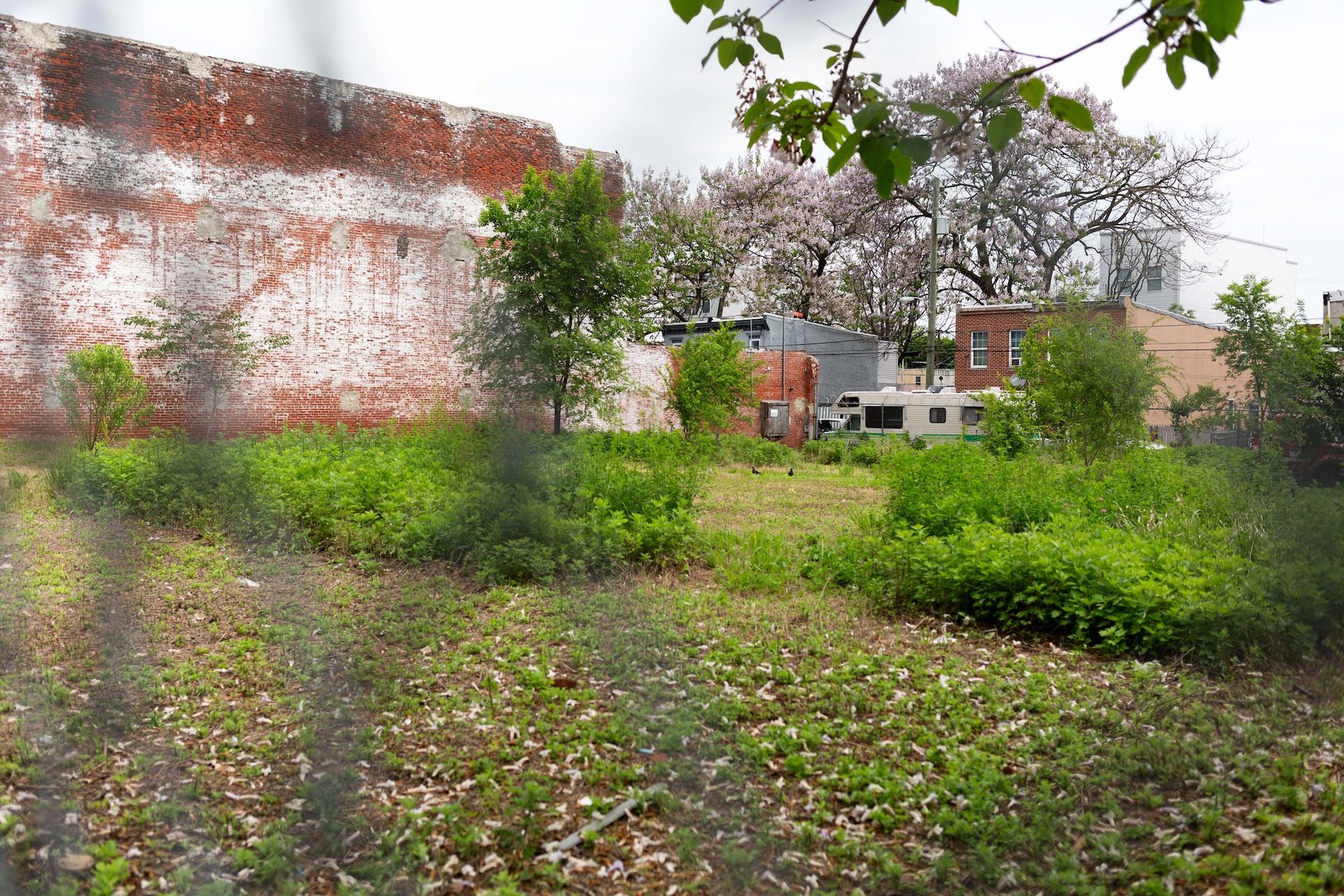Last week, Philadelphia’s Forman Arts Initiative (FAI) announced that it had purchased and is developing nearly an entire block of the city’s West Kensington neighborhood as a Museum and community center groups. The campus will open in phases over the next two years, with public outdoor spaces starting later this summer.
FAI was founded in 2021 by Philadelphia investment banker Michael Forman and his wife Jennifer Rice, artist Rashid Johnson is one of its board members. It provides grants to artists and arts organizations in Philadelphia, including a couple in Kensington, a predominantly Latino and black working-class area that has recently been described as the epicenter of the opioid epidemic. In this neighborhood, FAI funds the Norris Plaza Neighborhood Project, a network of public gardens, and the Taller Puertriqueño, a community center for Puerto Rican arts and culture.
At the launch event on May 30, Foreman, Rice and new FAI executive director Adjoa Jones de Almeida, the former director of learning and social impact at the Brooklyn Museum, unveiled the four components that will make up the campus. buildings and open space—the entire city block of campus, preserving a church at the corner of North America and West Dauphin Streets. The buildings include an old retail and office building, a former foundry and a former electrical substation. The last of them was recently used as an event space, and Foreman and Rice said they fell in love with it after hosting their daughter’s bar mitzvah there a few years ago. The couple purchased the half-acre site and building totaling 100,000 square feet for $13.5 million.

Inside the former substation today Photo: Isabel Kokko, courtesy Forman Arts Initiative, Philadelphia
Forman and Rice plan to tap into the campus’s collection of more than 800 works, including works by Gates, Johnson, Roma Bearden, Mark Bradford, Cecily Brown, Sam Gilliam, Roberto Lugo, Kerry James Marshall, Joan Mitchell, Gordon Parks, Adam Pendleton, Gerhard Richter, Cindy Schell Cindy Sherman, Lorna Simpson and Alma Thomas designed the building, as well as an arts center and community space created in response to community needs.
At the launch, Forman noted that he was inspired by Gates’s Dorchester project on Chicago’s South Side, which transformed a blighted block in a black, working-class neighborhood into a cultural and community center. “Hopefully we can do the same thing here,” Foreman said. Gates will work with Jones de Almeida to help guide the “renovation and activation” of the campus, as well as events and partnerships in the community and beyond. (The FAI also helped fund Gates’ 2022 project Monument in waiting on the campus of Drexel University in Philadelphia.
As for housing the FAI’s “permanent collection,” Forman and Rice hope the museum will open to the public in 2026, coinciding with the 250th anniversary of the signing of the United States’ Declaration of Independence in Philadelphia. “We believe collection is more about stewardship than ownership,” Rice said at the event.

Half-acre lot with future public outdoor space Photo: Isabel Kokko, courtesy Forman Arts Initiative, Philadelphia
“Anytime you have these big remembrance days, it’s an opportunity for dialogue,” Jones de Almeida said, noting that it’s important to bring in historically marginalized voices and previously silenced stories. As for what exactly the community space component of FAI’s plan will be, “we don’t know,” she said. “But we deliberately didn’t know. It was a very intentional choice.
The goal is to talk to community members, understand people’s needs, and work with them to decide on the future of the space. Potential collaborators include artist Pedro Ospina, who runs the Open Kitchen Sculpture Garden across the street from FAI’s new campus, and Clay Studio’s Claymobile, a studio that provides clay, pottery, and pottery to communities across Philadelphia. Pop-up shop for wheel and ceramics classes.
In a conversation at the FAI launch event, Kensington native Roberto Lugo, a ceramicist who has worked with Clay Studio and Claymobile, said, “I need to constantly strive to use whatever power I’m given to help my work.” , he hopes the new FAI initiative will give him and other artists such opportunities. “In every culture and community, there are artists and poets, but many of them never had the opportunity to do so,” he said, noting that he took his first pottery class at age 27. “

